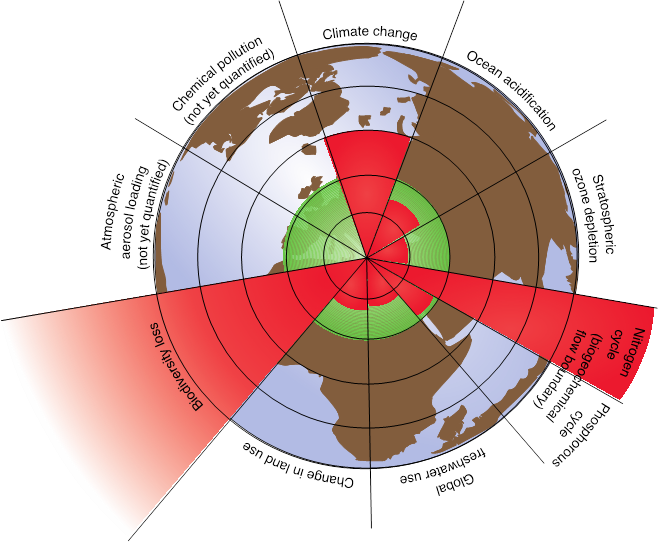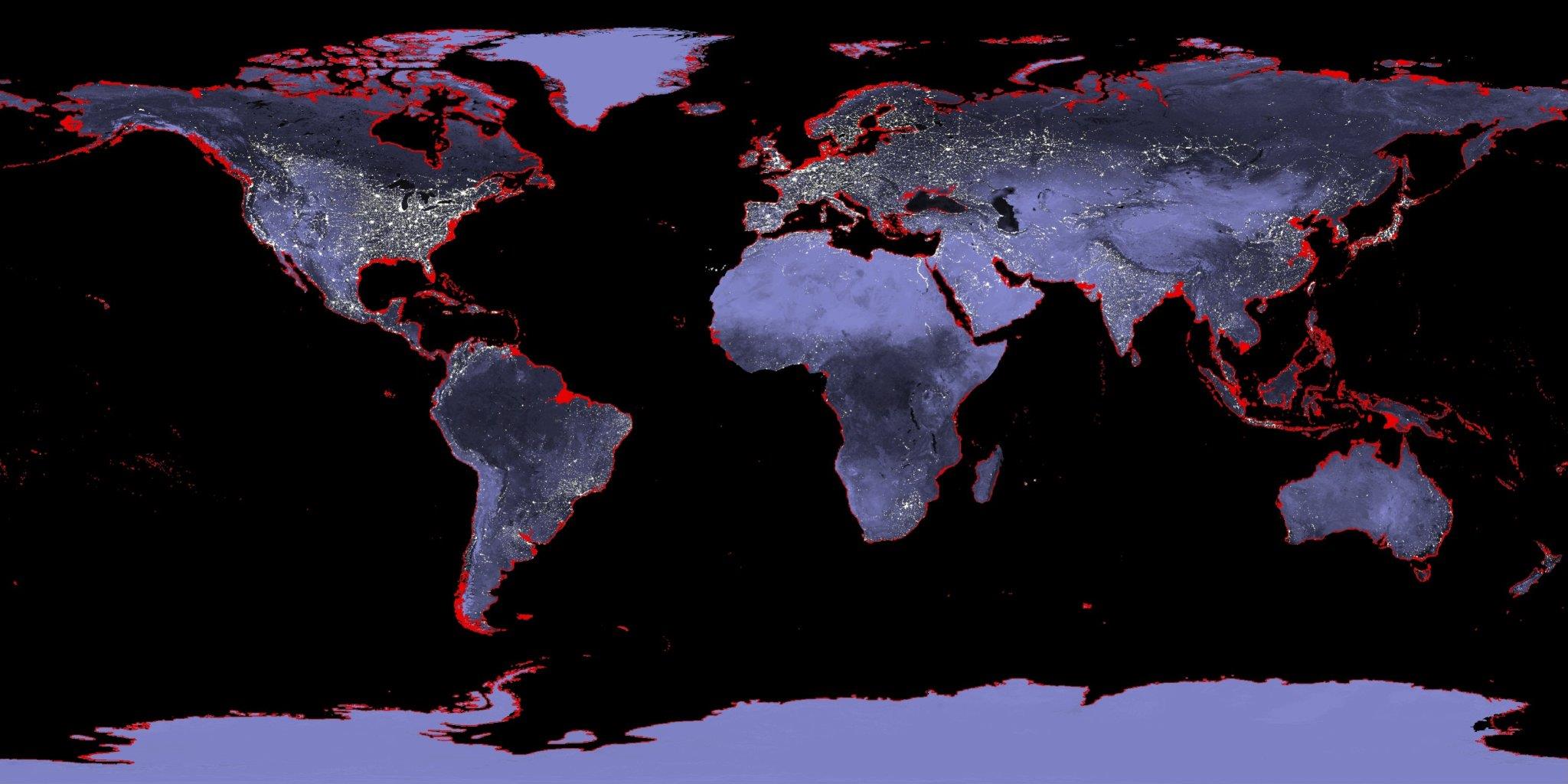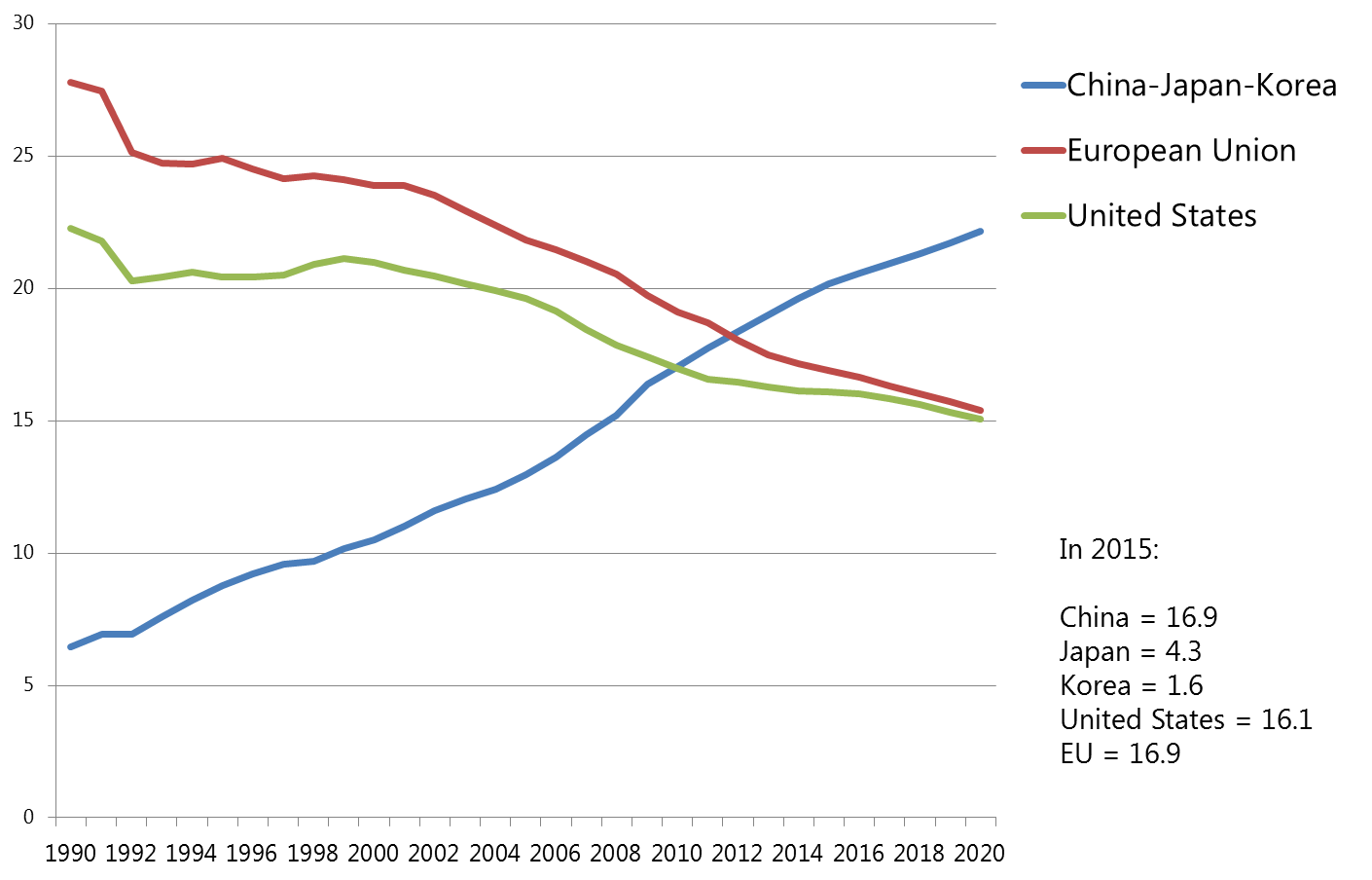Having made substantial progress in meeting the Millennium Development Goal of reducing extreme poverty, the world is now turning its attention to achieving economically, socially, and environmentally sustainable development, a more challenging goal, notes Jeffery Sachs of Columbia University, that requires efforts by many more players — both developed and developing countries and not just governments but also businesses, academia, and NGOs.
* * *
For the last 15 years, the United Nations member states have focused on the fight against extreme poverty with the Millennium Development Goals. This has been quite a challenge, as the causes of extreme poverty are complex. They are social, political, economic, and geographical; the world, moreover, tends not to pay much attention to very poor people. The market economy focuses its effort on the rich people who can buy goods, and these are the people who get the most attention in the media, in advertising, and in public policy.
So the United Nations did something very valuable 15 years ago when it focused the world’s attention on the poorest people, saying that this is our greatest challenge both from a moral and practical point of view. When there is poverty, there is instability, there is conflict, and there is disease transmission. So solving the problems of extreme poverty is in everybody’s interest.
Age of Sustainable Development
The MDGs were to be achieved by 2015, and now that we are at the end of the 15-year period, governments have taken comfort from the progress that has been made and have decided to adopt another set of goals for the next 15-year period: the Sustainable Development Goals, which will cover the period from 2015 to 2030. They will be even harder to achieve because sustainable development involves much more than fighting poverty; it not only targets poor countries but calls on all countries—including Japan, the United States, China, and the European Union—to make increased efforts to achieve sustainable growth.
And in fact, the challenge of sustainable development is so big that it cannot be left to the governments alone. It requires the very active participation of all segments of society, including the business sector, the academic sector, and nongovernmental organizations.
What, exactly, is sustainable development? It is based on the three concepts of economic development, social inclusion, and environmental sustainability.
The economic objective is to continue to achieve economic progress so that the poorest countries can overcome their poverty. The social objective of inclusion is to ensure that all parts of society benefit—girls as well as boys, women as well as men, minority groups as well as majority groups, and the poor as well as the rich. And the goal of environmental sustainability is to stop the destructive forces of the world economy that are causing increasing environmental damage. Sustainable development means embracing all three objectives—economic, social, and environmental.
The good news is that the proportion of the world living in extreme poverty is falling. One of the Millennium Development Goals was to cut the global poverty rate by more than half from 1990 levels. The poverty rate in 1990 was 43% of the population in developing countries. That came down to 21% in 2010, and the current poverty rate is around 15%.
Growing Inequality
So the MDGs were successful in helping to speed the reduction of extreme poverty and also in fighting diseases, especially AIDS, tuberculosis, and malaria. That is why the member governments of the United Nations agreed to adopt new goals for the next 15 years. The problem, though, despite the progress we have made, is that we are also failing to achieve sustainable development in other important ways.
First, there is growing inequality in many societies. In the United States, for example, the gap between the rich and the poor has widened considerably during the last generation. The same can also be said of China. People have been demonstrating on the streets in many parts of the world to protest rising inequality and widespread unemployment.
Second, there continues to be about 1 billion people living in extreme poverty, centered on Africa. This is still a lot of people—around 15% of the global population of 7 billion.
And third, the world is experiencing a growing environmental crisis that is very serious—even more serious than most people can understand. In 2009, for example, a concept called planetary boundaries was introduced defining the safe operating room for the world economy and the areas that we are now violating. According to this concept, we can cause a certain amount of disruption to the environment and still be safe, but going beyond that limit presents very great dangers.
Figure 1. Planetary Boundaries

The most dangerous environmental threat is climate change caused by greenhouse gas concentrations in the atmosphere, especially carbon dioxide from burning the coal, oil, and gas to power the world economy. Other kinds of risks include the depletion of freshwater resources, the poisoning of the rivers by nitrogen and phosphorus fertilizers, the destruction of habitat, the loss of biodiversity, the overfishing of the oceans, and the acidification of the oceans.
Seawater is becoming more acidic because the carbon dioxide in the atmosphere dissolves and creates acidity in the oceans; this is a threat to the whole marine ecosystem. These threats are growing because the world economy is growing. There are 7.3 billion people, and total global production is now more than $100 trillion a year, which means $13,000 per person. Sustaining this level of activity requires technologies that threaten to violate the planetary boundaries.
On the Eve of Worldwide Disaster?
According to recent data, June 2015 was the hottest month of June in the recorded history of all months of June. This followed May 2015, which was the hottest May in 130 years, and this followed April, which was the hottest April on record. We are dangerously changing the planet, and one of the implications is a water crisis. Water reservoirs are dry, and many parts of the world are facing extreme drought conditions.
The ice sheet of Antarctica is being eroded by warm ocean water flowing underneath the sheet and melting the ice from below, thereby causing the glaciers on Antarctica to slide faster into the ocean. This could cause the sea level to rise by several meters within a century and trigger a worldwide disaster. Recent scientific information based on the earth’s history and on direct observations of what is happening in Antarctica indicates that this is quite possible. James Hansen, who has been the leading scientist of the US government on climate change for the past 30 years, says that we are on a reckless and extremely dangerous course and could experience a fundamental disruption to society if we do not immediately take action.

The map above shows in red all the areas that would be lost with a 6-meter increase in the sea level. Many of the world’s largest cities would become uninhabitable, and a country like Bangladesh with 100 million people would no longer exist. We face real threats, but we are not good psychologically at addressing them because we believe that tomorrow will be like today and that we should just go about our normal business. We do not have time for normal business anymore. That is why we need the Sustainable Development Goals, of which there are 17.
One of the big areas for action is energy, the basic challenge being to reduce the economy’s dependence on coal, oil, and gas. All of these fossil fuels produce carbon dioxide, which is the main reason for climate change. Within the next 50 years, we have to move to wind, solar, geothermal, hydro, and possibly nuclear energy. It is not going to be possible for Japan or the United States or China to continue to depend on coal. So each country has to make hard choices on its energy strategy regarding nuclear power and renewables.
These debates are very important, and I doubt that the answer people come up with will be “We’ll continue to do what we do now.” That would not be acceptable. We need to study the process of decarbonizing the energy system. One project that I helped to lead for UN Secretary General Ban Ki-moon is deep decarbonization, which was aimed at getting our economy out of fossil fuels and increasing our reliance on low-carbon energy.
Green Innovations
What are Japan’s responsibilities and opportunities in this new era? There are three major places in the world where patents are being achieved, and these are the big innovation centers for the world economy. One is Northeast Asia—Japan, South Korea, and China. The second is Western Europe, and the third is the United States. Japan is one of the most important scientific and technical centers of the world, so Japanese businesses need to lead the technologies for sustainable development.
For example, Toyota pioneered hybrid vehicles, and now it is pioneering fuel-cell vehicles and zero-emission electric vehicles. This can be part of a strategy for deep decarbonization, but it is also part of a strategy for prosperity, because if Toyota gets there first with the best cars, that will mean more prosperity for Japan. Being innovative for sustainable development will thus be the most important competitive strategy in the coming generation. The countries that achieve the green technologies, the green transport, the low-carbon energy, the low-energy buildings, the energy-efficient appliances, the green materials, and the waste-recycling systems will be the winners of the new world economy, and any country that continues as they are doing right now will be the losers in the end. We are all going to have to change directions.
Figure 2. Shifting Geo-Economics: Shares of World GDP (%)

We need to think seriously about the next 20 years, because that is when the future is going to be either made or lost. As Figure 2 shows, East Asia will be the key to success. The red line is the European Union’s share of the world economy, and the green line is the US share. The blue line that is going up is the share of Japan, China, and Korea combined.
East Asia is now the world’s largest economic grouping, and it will be the most successful if there is good cooperation in this region. It is one thing to add the GDPs of the three countries together and another for the three to cooperate closely to achieve sustainable development. I believe that if Japan, China, and Korea cooperated closely for sustainable development, the whole world can achieve success, so the region will have an extremely important role.
Good Business Practices
How can business best contribute to the Sustainable Development Goals? What it can do very quickly, first, is pursue good and ethical business practices, namely, pay fair taxes and royalties, protect the environment and clean up any spills, ensure good labor standards, and manage the entire supply chain. This means that if a business is buying from farmers 5,000 miles away, you need to make sure that they are operating properly without child labor, with fair practices, and with good environmental practices. If you are selling clothing, you have to make sure that whoever is making it in Laos, Cambodia, or other country is operating according to proper standards.
This will lead to the creation of “true value,” rather than “measured value.” Adding true value means, first, not cheating someone else. Second, it involves innovating for social purposes, one good example being the Olyset insecticidal net manufactured by Sumitomo Chemical—one of the most important innovations over the past generation in stopping the transmission of malaria in Africa. Thanks to this and other innovations as part of the MDG effort, malaria is now down by more than 60%. And third, companies should participate in public-private partnerships to solve problems for health, education, infrastructure, finance, transport, and renewable energy. The Millennium Village project, for instance, has been cooperating with Sony, Toyota, Sumitomo Chemical, and other companies in Japan because this is a worthy way for companies to use their know-how and technology to reduce poverty, control disease, improve education, and achieve sustainable development.
I have been asked by UN Secretary-General Ban Ki-moon to create a knowledge network of universities, think-tanks, and businesses around the world to help solve practical problems of sustainable development. We are calling this the Sustainable Development Solutions Network and have members from all over the world. The Japan chapter of the country’s leading universities, businesses, NGOs, and foundations was just launched in Yokohama, and it should address problems like deep decarbonization, energy efficiency, robotics, information technology for sustainable development, good urban design, green chemistry, and the challenges of aging and well-being.
There are many big challenges, but Japan is one of the world’s leaders in problem-solving, and I look to Japan to help the entire world to achieve sustainable development.
This article is based on a keynote speech given by the author at the Tokyo Foundation Forum, held on July 30, 2015, in cooperation with the Japan Center for Economic Research and Millennium Promise Japan.
